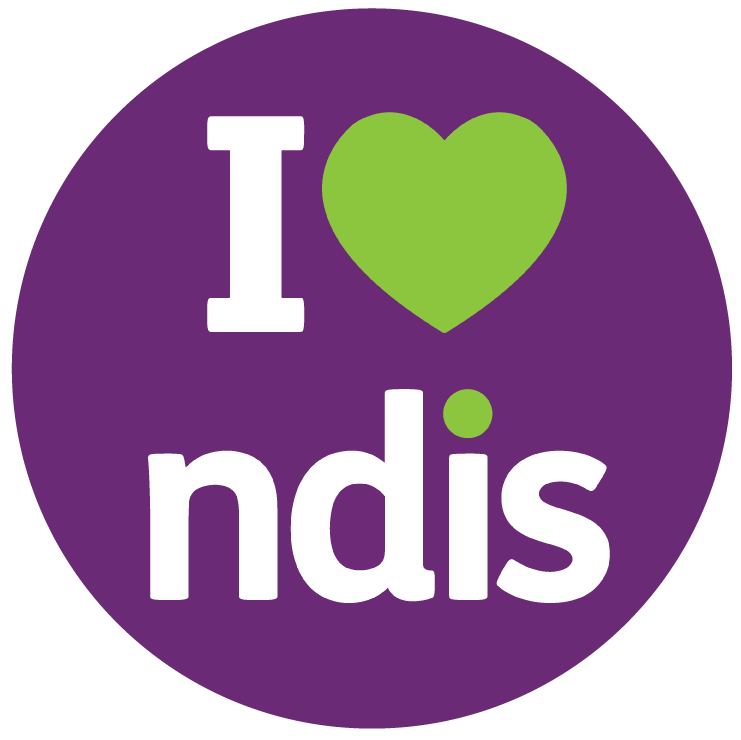Most participants use the online portal or a plan manager to process their NDIS claims. However, there are times when a manual claim form NDIS option is necessary. This form allows participants to request payment directly if digital access is not possible or if corrections are needed. Understanding when to use it and how to complete it correctly can save you time and prevent delays.
It may feel like an old-fashioned method, but it is still an important backup for many participants. Knowing how this form works gives you confidence that your supports will always be covered.
What Is the Manual Claim Form for NDIS
The manual claim form is a paper-based process that lets participants request payments without relying on the digital portal. While the myplace participant portal is the most common tool, the NDIA ensures that people who cannot use it still have access to their supports.
The form is usually downloaded, filled out by hand, and submitted to the NDIA by post or email. It includes sections for participant details, provider information, and support costs. Unlike digital claims, this method requires more time, but it ensures nobody is excluded because of technology or access barriers.
When Should You Use the Manual Claim Form
There are specific situations where using a manual claim form is appropriate:
You do not have stable internet access
You cannot use the portal due to accessibility challenges
You need to correct errors in previous NDIS claims
A provider cannot claim digitally or there are system issues
You prefer written communication instead of online systems
While the manual process takes longer, it ensures you can always access the funding you are entitled to.
Step by Step How to Complete the Form
To avoid delays, it’s important to complete the manual claim form carefully. Here is a step-by-step approach:
Fill in participant details such as NDIS number, name, and contact information.
Add provider details including their name, ABN, and service provided.
Record the date the service was delivered and its total cost.
Attach a copy of the NDIS invoices or receipts to support the claim.
Provide bank details if payment is to be made to your account.
Sign and date the form before submitting.
Even small mistakes like missing information or incorrect bank details can cause processing delays. If you want to be sure your information is correct, professional NDIS reporting services can assist with accuracy.
The Role of Evidence in Manual Claims
Evidence is crucial in manual claims. Without proper documentation, your request may be rejected. Always attach copies of invoices, receipts, or proof of service.
It is also useful to maintain a record of past claims so you can quickly confirm what has been paid and what is pending. For participants learning how these claims fit into their wider budget, it helps to review resources on funding.
Common Mistakes and How to Avoid Them
Manual claims are more prone to errors than digital submissions. Participants often face delays because of:
Missing provider details such as ABN numbers
Submitting incomplete NDIS payment process information
Forgetting to sign or date the form
Using the wrong support category
Not attaching invoices or receipts
Double-checking the form before submission prevents these errors. Many participants also use guides on NDIS claims to confirm they are submitting correctly.
Advantages of Manual Claim Forms
Accessible for people who cannot use online systems
Provides a backup when the portal is down
Useful for corrections or adjustments
Straightforward to complete once you know the process
Disadvantages of Manual Claim Forms
Processing takes longer than online claims
Requires more paperwork and organisation
Higher risk of errors and missing documents
Less convenient compared to electronic options
For these reasons, most participants choose digital or plan-managed claiming, but the manual option remains valuable as a safeguard.
Alternatives to Manual Claims
If you prefer faster options, you can choose:
Agency-managed – The NDIA pays providers directly without your involvement.
Plan-managed – A plan manager handles all financial claims and payments for you.
Self-managed – You use the online NDIS portal to submit claims yourself.
Many participants find plan management the easiest option, as it removes the stress of paperwork and keeps finances in order.
Staying Organised with Manual Claims
If you must use a manual claim form, staying organised makes the process smoother. Some tips include:
Keeping a folder for all invoices and receipts
Making copies of every form before submission
Tracking claims in a simple spreadsheet or notebook
Following up with the NDIA if processing takes longer than expected
Conclusion
The manual claim form NDIS is not the first choice for most participants, but it plays an important role for those without digital access or in special circumstances. By learning how to complete the form properly, attaching the right evidence, and avoiding common mistakes, you can ensure payments are processed without unnecessary delays.
Axial Plan Management supports participants in managing claims and staying financially organised. To learn more about our services, visit the About Us page.
If you would like personalised support in handling your claims, connect with our team via the Contact Us page.
FAQs – Manual Claim Form for NDIS
Do I have to use the manual form?
No, it’s only needed if you cannot access the portal or want to correct an error.
How long does it take to process?
It takes longer than digital claims, often several weeks.
Can I get help filling it out?
Yes, plan managers and coordinators can help with accuracy.
What happens if I make a mistake?
Your form may be returned or delayed until the correct details are provided.
Is manual claiming common?
No, most people use digital methods, but it is a useful backup.

